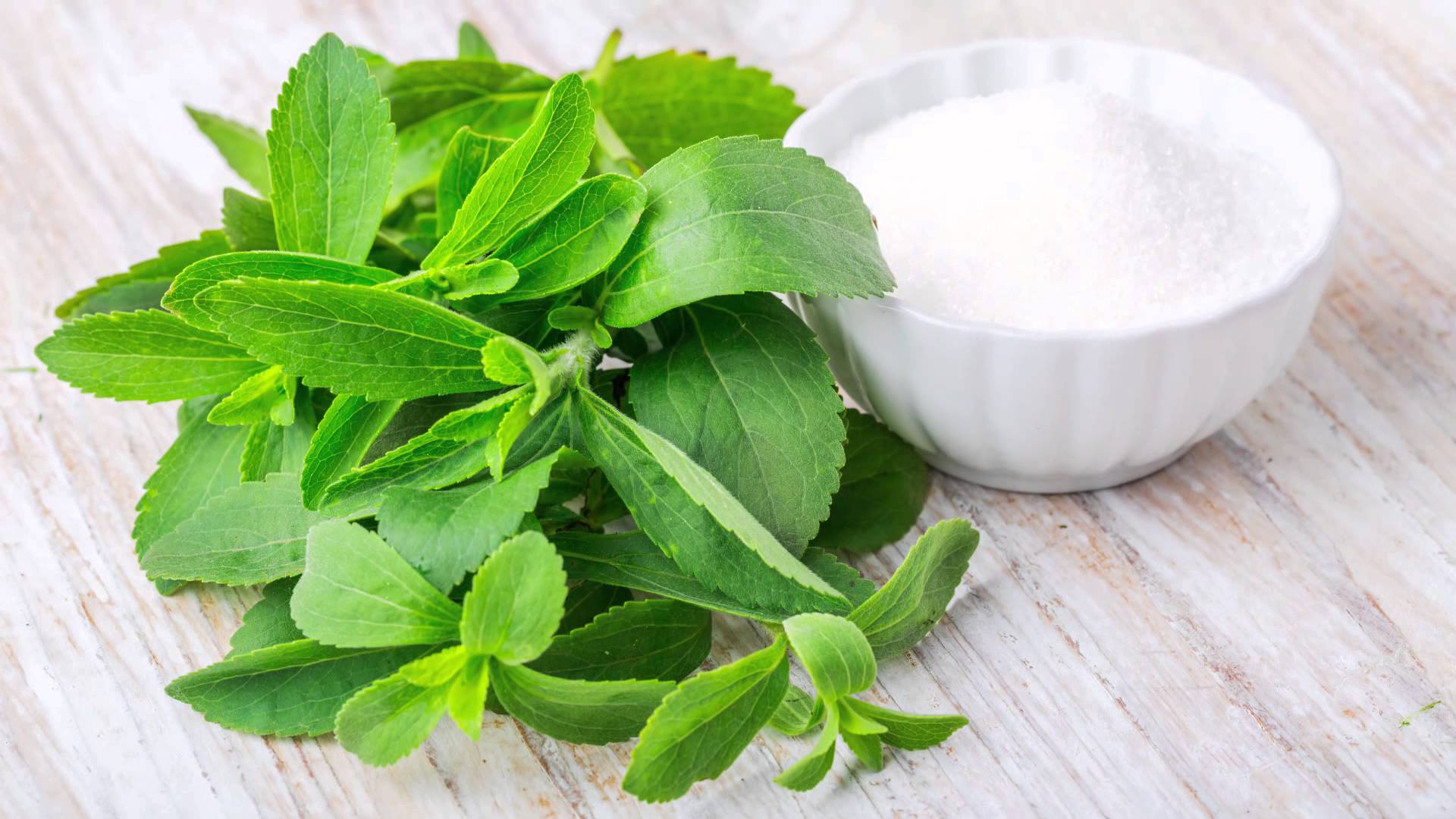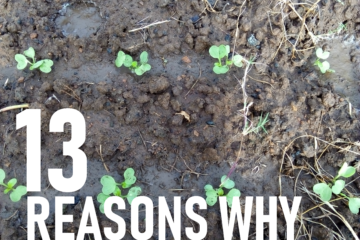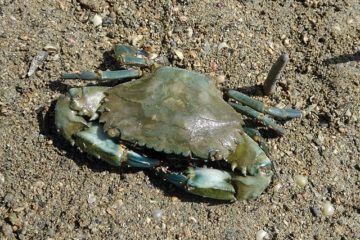The Sugar Substitute Plant: Stevia

An alternative source of sweetness, a unique food ingredient that originated from Paraguay and Brazil and being cultivated in certain part of Asia because of its value – stevia. This is a plant also known as Stevia rebaudiana from the Araceae family together with daisy and ragweed. It is non-nutritive sweetener and herbal supplement. Also, the world is using it as an alternative for sucrose or sugar.
Stevia is believed to be 200-300 sweeter than ordinary sugar in the same concentration. Italian Botanist, Moises Santiago Bertino, often credited with the discovery of stevia in late 1800s. Before, stevia was known as “kaa-he” meaning sweet herb and they use the leaves of this plant in many different ways. They used it to serve as treatment for burns, colic stomach problems, sometimes as contraceptives and also chewed on their own as sweet treat.

This is considered as “no calories” meaning that it contains less than 5g of carbohydrates. It has potential for treating some endocrine diseases such as obesity, diabetes and hypertension. It is used as a healthful alternative sugar in some meals and beverages.
The current leading exporter of stevia products is China. But this plant is now produced in many countries. This can be grown in your garden or home. Worldwide, more than 5,000 food and beverages products currently using stevia as one of their ingredients. Samples are ice cream, candy, sauces, yogurts, bread, softdrinks and chewing gum.
Center for Bayanihan Economics in Angat, Bulacan produces stevia organically. For inquiries, contact Randy Arandia (09358788044) or Berna Halonghong (09399019172)


